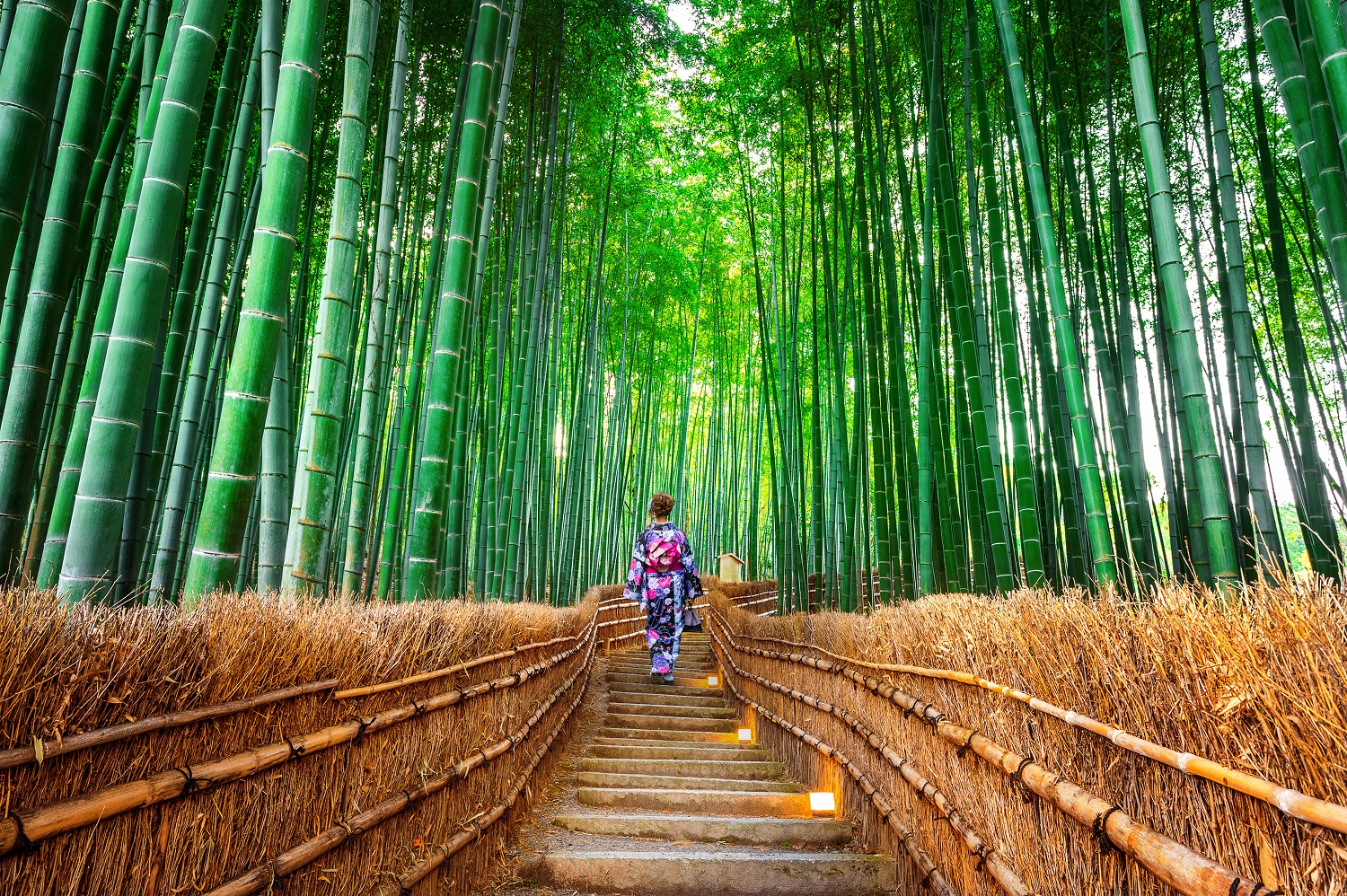
Far from the image of invasive giant plants that sticks to their thatch, many varieties of small bamboos allow varied and unexpected uses in the garden. Beware of clichés!
Great fans of bamboo, and therefore specialists in the subject, pandas know that in this vast family of plants, there are not only large stems on the menu. In fact, many low or dwarf varieties allow millimetric uses according to the needs of development: low or medium hedge, ground cover, anti-erosion carpet, and even, thick lawn. What indeed, to vary the plantations… and the menus.
A preliminary warning
First of all, the gardener who wishes to plant bamboos, small or big, must inform himself about the characteristics of the variety he intends to use. In particular, the root system can be very invasive and require anti-rhizome containment barriers.
Fortunately, this is not the case for all of them and one can rely on less expansionist varieties such as the Fargesia family and their cespitose root system. In general, and although there are exceptions to confirm the rule, we can add that bamboo is a very hardy plant, which requires regular watering and does not tolerate calcareous soil. This being said…
Hedges without pruning
Bamboo, with its dense and thick evergreen foliage, is an excellent hedge subject, offering an excellent privacy and windbreak. Especially since, to form low (1 to 1.50 m high) or medium (1.50 to 2.50 m) hedges, it is wise to select plants whose adult height corresponds to that of the desired hedge. This way, a natural-looking hedge is obtained, with very little pruning. For this purpose, several varieties of bamboo are perfect, such as Hibanobambusa tranquillans, “shiroshima”, with variegated foliage, or Fargesia rufa, both of which grow to 2 or 3 m.
Two cultivars of Fargesia Murielae allow to go down a little more: the “Simba” (from 1,50 to 2 m) and the “Bimbo” (from 1 to 1,50 m).
Dwarf bamboos, as tall as three apples
Below 1 m in height, we speak of dwarf bamboo, but the catalog of different varieties and cultivars is still vast. It can be used to create very low hedges or small copses in the foreground and background in beds, or even to dress a wall under a window. But it is when it comes to vegetating a slope subject to erosion that the plant proves ideal. By choosing a variety with tracing roots, one occupies the space very quickly, while “girdling” the ground thanks to the very dense network of intermingled rhizomes. Pleioblastus pumilus with its 30 to 60 cm height is a perfect example.
A lawn… of bamboo
Finally, there are some even smaller bamboos such as Pleioblastus distichus that can be used for lawn purposes. Not supporting the trampling as cheerfully as the grass, it is reserved for parts where the traffic of people is restricted or even non-existent. But the result is amazing, with a deep and brilliant green lawn. It adapts to all situations and allows to keep a green space in winter as well as in summer, without excessive watering, with only one or two mowings per year.

